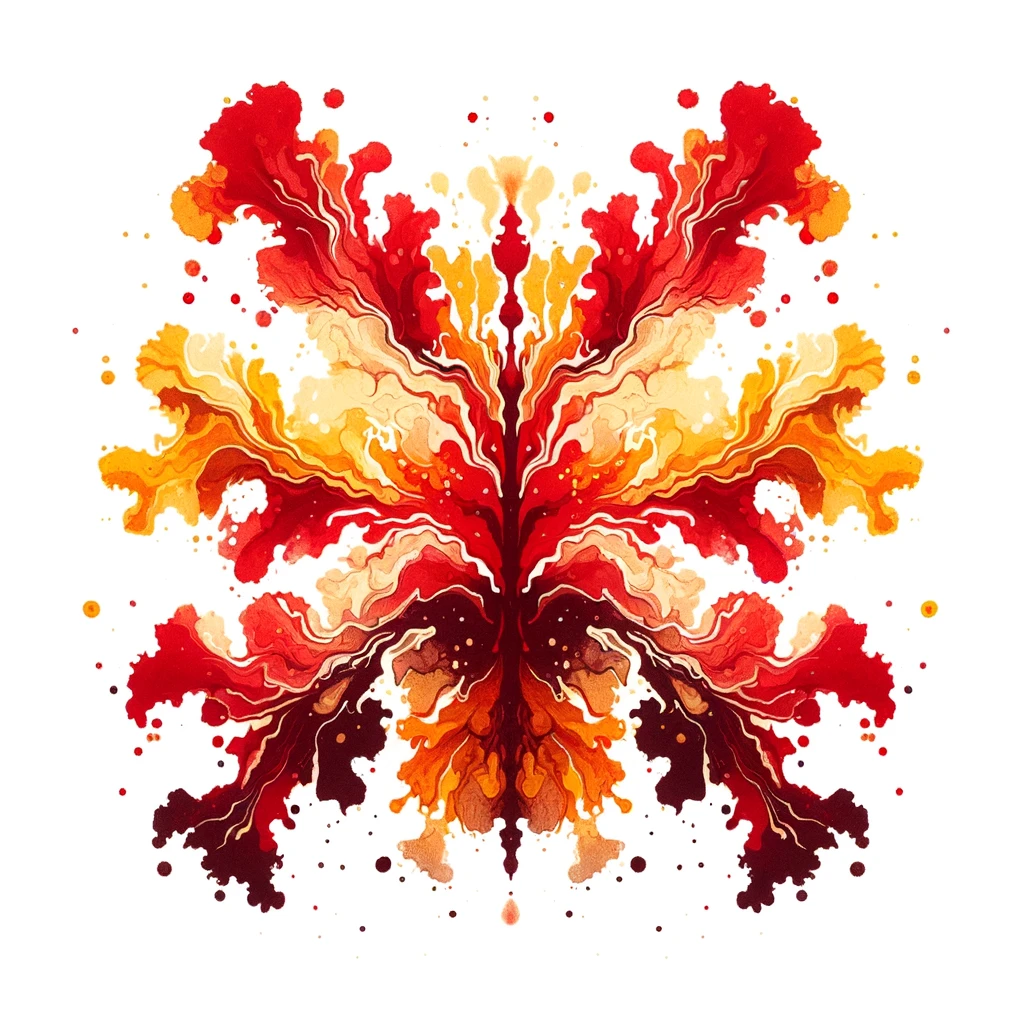Understanding and coping with psychosomatic pain
Psychosomatic pain affects the lives of many people around the world. This pain, which has no organic cause, is the result of unresolved emotional conflicts and stress. This article concerns psychosomatic pain – from the causes and symptoms to treatment options and self-management techniques. Let’s take a look at this critical topic together and discover ways to deal with psychosomatic pain.
Causes of psychosomatic pain
Psychosomatic pain is the result of a complex interplay of psychological and physical factors. It arises when psychological stresses such as stress, anxiety and depression cannot be overcome and manifest themselves in physical complaints.
Psychological factors
- Chronic stress: Persistent stress can lead to increased tension and pain.
- Anxiety and depression: These emotional states can intensify the perception of pain and cause persistent discomfort.
- Traumatic experiences: Childhood traumas, in particular, can lead to psychosomatic pain in the long term, as the unprocessed inner states can only find expression in the body.
Pathophysiological aspects
- Biopsychosocial pain model: Pain is determined by an interplay of biological, psychological and social factors.
- Neurological influences: Emotional and cognitive factors modulate the perception of pain. Prolonged stress can lead to increased activation of brain regions such as the amygdala and the hippocampus, which are crucial for perceiving pain.
Symptoms and effects of psychosomatic pain
Psychosomatic pain can manifest itself in various forms and severely affect daily life. Those affected are often unaware that their pain has a psychological cause.
Symptom characteristics
- Variable pain intensity: The character of the pain can change and is sometimes even difficult to describe.
- Immutability during activity: The pain persists both in stressful situations and at rest.
- No organic cause: Despite intensive medical examinations, no organic causes for the pain can be found.
Possible side effects
- Sleep disorders: Persistent pain can affect sleep and lead to fatigue.
- Emotional stress: Depression and anxiety can occur as a result of the pain and further worsen the quality of life.
Diagnosis of psychosomatic pain
The diagnosis of psychosomatic pain requires a comprehensive medical history and the exclusion of organic causes.
Diagnostic procedures
- Medical history: Record pain history, including duration, frequency, and intensity.
- Pain scales: Scales are used for rough categorisation of pain intensity.
- Exclusion procedure: Organic causes must be ruled out to make a psychogenic pain diagnosis.
Treatment options for psychosomatic pain
The treatment of psychosomatic pain requires a holistic and multimodal approach that combines psychotherapeutic and physical therapies.
Psychotherapeutic approaches
- Cognitive behavioural therapy: Helps to change negative thought patterns and develop coping strategies.
- Psychodynamic therapy: Examination and processing of deep-seated emotional conflicts.
- Mindfulness-based techniques: Meditation and mindfulness exercises can help relieve stress and reduce pain perception.
Physiotherapeutic approaches
- Physiotherapy and exercise: Regular physical activity can help to strengthen the muscles and promote blood circulation.
- Relaxation techniques: Techniques such as progressive muscle relaxation can help to relieve pain.
Lifestyle and self-management of psychosomatic pain
A healthy lifestyle and effective self-management techniques are crucial for coping with psychosomatic pain.
Healthy diet and exercise
- Nutrition: A balanced diet can contribute to general health and well-being.
- Exercise: Regular physical activity promotes physical and mental health.
Stress management techniques
- Relaxation exercises: Breathing techniques and meditation help to reduce stress.
- Support network: Sharing experiences with friends, family, or self-help groups provides emotional support.





